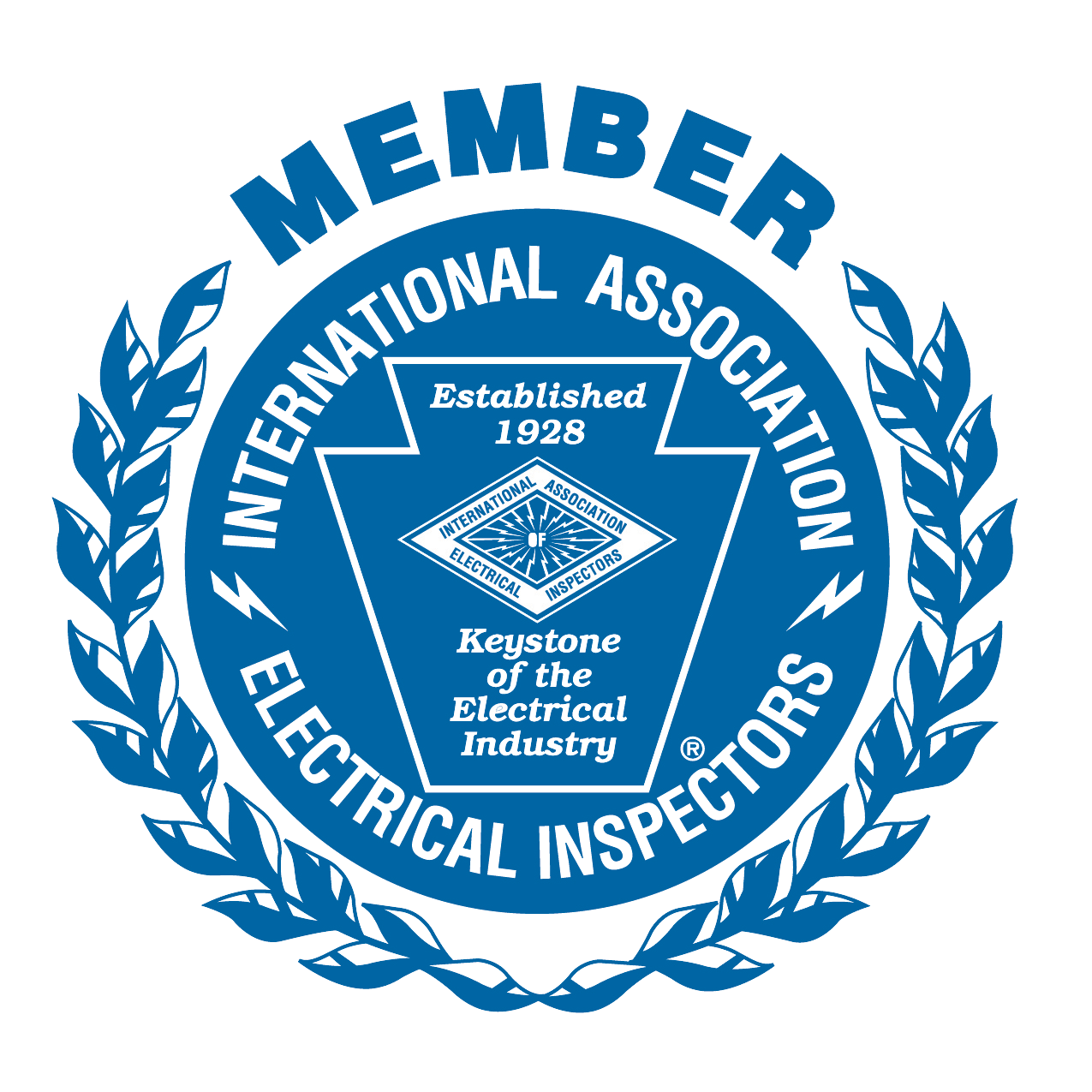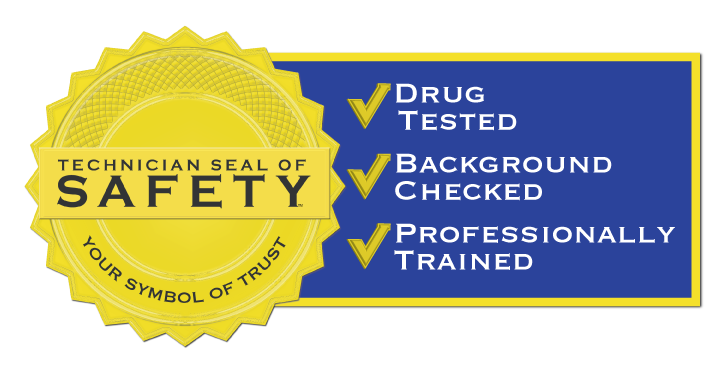SCHEDULE SERVICE
Detectors & Smoke Alarms
The Scariest Sound in the World? No Sound.
Do you know the scariest sound in the world? Silence from your smoke alarm!
Since the invention of the smoke alarm, fire-related home deaths have been decreased by half, and yet thousands of people are still losing their lives to fires, burns, and smoke inhalation.
Why? Because smoke detectors and smoke alarms are devices that require energy and upkeep. Battery-operated detectors must have their batteries replaced at least once every year.
Wired detectors and alarms should still be tested. Nothing remains perfect. In 24% of home fire deaths, smoke alarms or detectors were present, but didn’t sound. Silence kills!
Protect Your Family by Installing Smoke Detectors and Smoke Alarms in Your Home
According to the National Fire Protection Association:
- In 2007-2011, smoke alarms sounded in half of the home fires reported to U.S. fire departments.
- Three of every five home fire deaths resulted from fires in homes with no smoke alarms or no working smoke alarms.
- No smoke alarms were present in more than one-third (37%) of the home fire deaths.
- In one-quarter (23%) of the home fire deaths, smoke alarms were present but did not sound.
- In reported home fires in which the smoke alarms were present but did not operate, almost half (47%) of the smoke alarms had missing or disconnected batteries.
Installing smoke alarms
- Install smoke alarms inside each bedroom, outside each sleeping area and on every level of the home, including the basement.
- On levels without bedrooms, install alarms in the living room (or den or family room) or near the stairway to the upper level – or in both locations.
- Smoke alarms installed in the basement should be installed on the ceiling at the bottom of the stairs leading to the next level.
- Smoke alarms should be installed at least 10 feet (3 meters) from a cooking appliance to minimize false alarms when cooking.
- Mount smoke alarms high on walls or ceilings (remember, smoke rises). Wall-mounted alarms should be installed not more than 12 inches away from the ceiling (to the top of the alarm).
- If you have ceilings that are pitched, install the alarm within 3 feet of the peak but not within the apex of the peak (four inches down from the peak).
- Don’t install smoke alarms near windows, doors, or ducts where drafts might interfere with their operation.
- Never paint smoke alarms. Paint, stickers, or other decorations could keep the alarms from working.
- For the best protection, interconnect all smoke alarms. When one smoke alarm sounds, they all sound. Interconnection can be done using hard-wiring or wireless technology. Have a professional electrician install interconnected smoke alarms.
- There are two types of smoke alarms – ionization and photoelectric. An ionization smoke alarm is generally more responsive to flaming fires, and a photoelectric smoke alarm is generally more responsive to smoldering fires. For the best protection, both types of alarms or a combination of ionization-photoelectric alarms, also known as dual sensor smoke alarms, are recommended.
Testing smoke alarms
- Smoke alarms should be maintained according to manufacturer’s instructions.
- Test smoke alarms at least once a month using the test button.
- Make sure everyone in the home understands the sound of the smoke alarm and knows how to respond.
- Follow manufacturer’s instructions for cleaning to keep smoke alarms working well.
- Smoke alarms with non-replaceable 10-year batteries are designed to remain effective for up to 10 years. If the alarm chirps, warning that the battery is low, replace the entire smoke alarm right away.
- Smoke alarms with any other type of battery need a new battery at least once a year. If that alarm chirps, warning the battery is low, replace the battery right away.
- When replacing a battery, follow manufacturer’s list of batteries on the back of the alarm or manufacturer’s instructions.
Call Kanon Electric and schedule an appointment with a professional electrician who can explain the differences and suggest the best solution for your needs.
When you choose us for your project needs, remember that our ultimate goal is customer satisfaction.
If you are not 100% satisfied, we will return for a free follow-up repair or provide a complete refund.
Call us today for more information! 253-302-8199
Setting the Standard for Quality and Customer Service













